In a world that’s increasingly embracing the power of gut health and natural flavors, fermented foods have taken center stage. From tangy kimchi to creamy yogurt, these age-old culinary treasures offer a unique fusion of taste and nutrition. But navigating the vibrant and sometimes overwhelming aisles of fermented delicacies can be a challenge. Whether you’re a curious novice or a seasoned probiotic pro, this shopping guide is here to illuminate the essentials—helping you select the freshest, healthiest, and most delicious fermented foods to enrich your pantry and palate. Welcome to the flavorful journey of fermentation!
Table of Contents
- Understanding the Nutritional Benefits of Fermented Foods
- Exploring Popular Types and Their Unique Flavors
- Selecting Quality Products: What to Look For on Labels
- Incorporating Fermented Foods into Your Daily Meals
- Storage Tips to Maximize Freshness and Potency
- Q&A
- In Conclusion

Understanding the Nutritional Benefits of Fermented Foods
Fermented foods are nutritional powerhouses, offering an impressive array of health benefits that extend far beyond just being flavorful additions to your meals. At the heart of their appeal is the presence of probiotics, the beneficial bacteria that support a balanced gut microbiome. These friendly microbes not only improve digestion but also enhance your immune system and promote better absorption of vitamins and minerals. Moreover, fermentation can increase the bioavailability of certain nutrients, like B vitamins and antioxidants, making fermented foods a smart choice for nourishing your body naturally.
Incorporating these foods into your diet can be a simple yet effective way to boost overall wellness. Typical fermented options include:
- Kimchi: A spicy Korean staple rich in fiber and vitamins A and C.
- Kefir: A fermented dairy drink packed with probiotics and calcium.
- Sauerkraut: Fermented cabbage loaded with vitamin K and digestive enzymes.
- Tempeh: A fermented soy product high in protein and iron.
| Fermented Food | Key Nutritional Benefit | Unique Feature |
|---|---|---|
| Yogurt | Probiotics | Contains live active cultures |
| Miso | Rich in antioxidants | Boosts immune health |
| Kombucha | Detoxifying acids | Natural energizer |
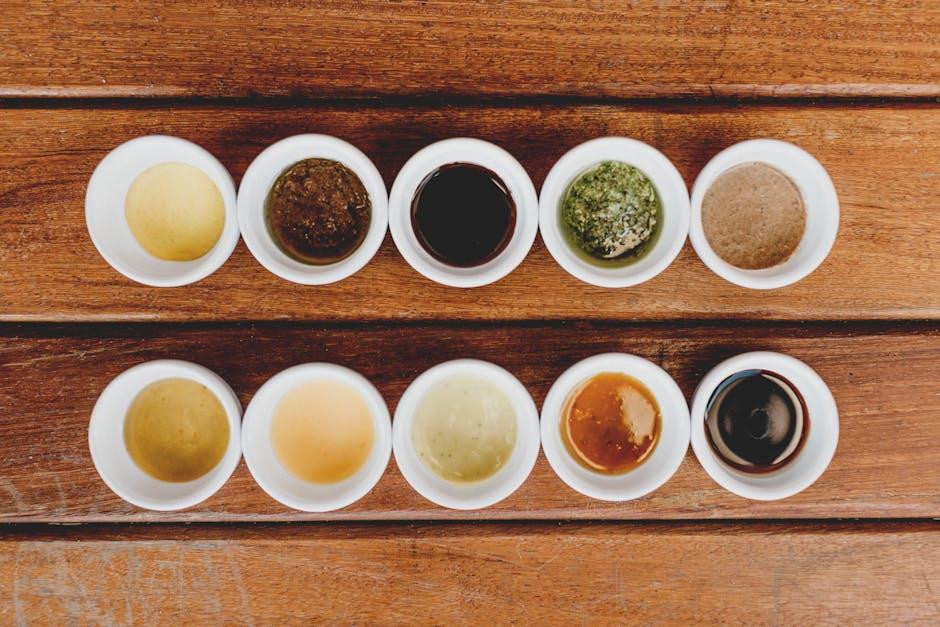
Exploring Popular Types and Their Unique Flavors
Fermented foods offer a dynamic spectrum of flavors that range from tangy and sharp to subtly sweet and earthy. Among the favorites, kimchi steals the spotlight with its bold, spicy punch infused with garlic and chili, perfect for those who crave a robust taste experience. Meanwhile, kombucha presents a refreshing, effervescent charm, blending sweet tea with a slight vinegar tang that delights the palate. For a more mellow option, yogurt boasts a creamy texture, enriched by live cultures that lend a pleasantly tart note, while sauerkraut delivers a crisp, acidic bite that pairs beautifully with hearty dishes.
Understanding these unique profiles can make your next shopping trip more adventurous and tailored to your taste. Below is a quick guide to some popular fermented foods and their distinctive flavor notes:
| Fermented Food | Primary Flavor | Best Use |
|---|---|---|
| Kimchi | Spicy, Tangy | Side dish, flavor boost |
| Kombucha | Sweet, Vinegary | Refreshing drink |
| Yogurt | Creamy, Tart | Snacks, smoothies |
| Sauerkraut | Sour, Crisp | Sandwiches, salads |
| Miso | Umami, Salty | Soups, marinades |
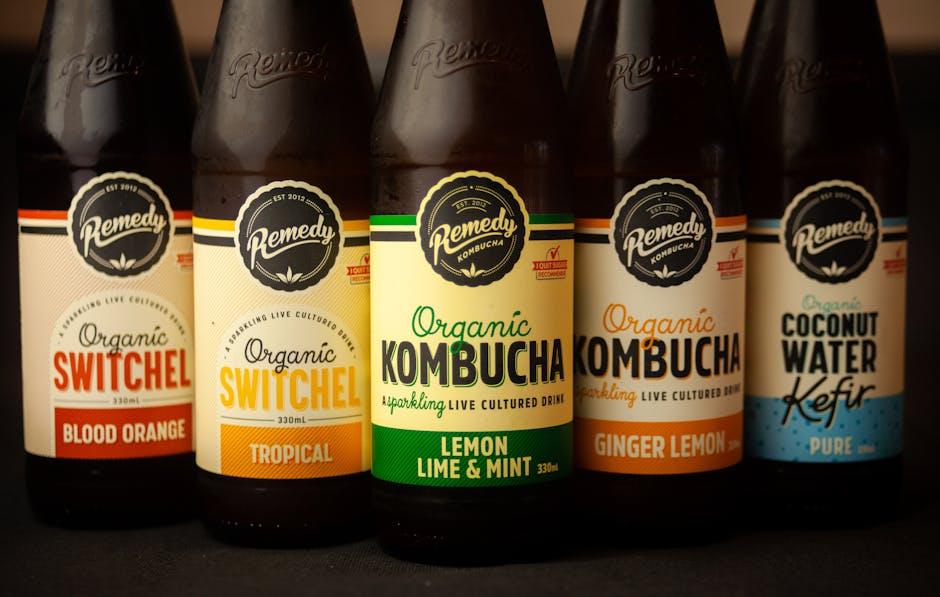
Selecting Quality Products: What to Look For on Labels
When choosing fermented foods, the label is your first clue to quality and authenticity. Prioritize products that list live and active cultures prominently, as these beneficial bacteria are the cornerstone of fermentation’s health benefits. Avoid items with an abundance of preservatives, artificial colors, or excessive sugar, which can diminish the natural properties of the product. Additionally, look for fermentation duration or aging times whenever available — longer fermentation often means richer flavor and more potent probiotic content.
Pay attention to the source and ingredients for a better understanding of the product’s integrity and sustainability. Organic certification, non-GMO labels, and clearly defined ingredient lists suggest higher standards of production. Here’s a handy reference table to help you decode some common label claims:
| Label Claim | What It Indicates | Why It Matters |
|---|---|---|
| Live & Active Cultures | Presence of probiotics | Supports gut health and digestive function |
| Non-GMO | No genetically modified ingredients | Ensures natural fermentation process |
| Organic | Certified organic farming | Free from synthetic pesticides and additives |
| No Added Sugar | Reduced or no extra sweeteners | Preserves natural fermentation profile |
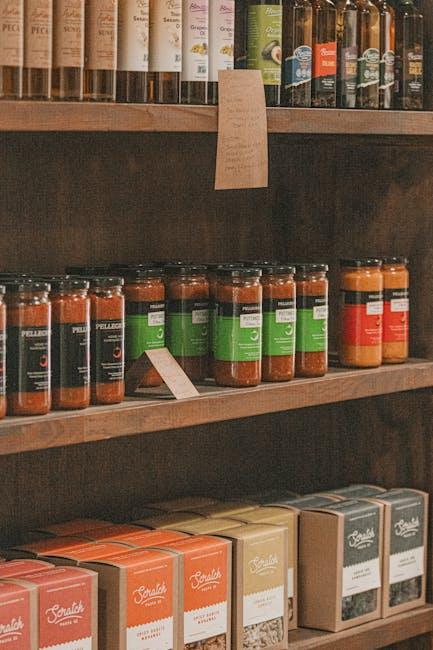
Incorporating Fermented Foods into Your Daily Meals
Elevate your daily meals by seamlessly weaving fermented foods into your favorite recipes. Start your mornings with a dollop of tangy yogurt or kefir mixed into smoothies or atop oatmeal for a probiotic boost. Lunches become a flavor adventure when you add crunchy sauerkraut or kimchi to sandwiches and wraps, pairing deliciously with grilled proteins or fresh veggies. For dinner, incorporate miso paste into soups or marinades to enhance umami depth, or serve a side of naturally fermented pickles to brighten up roasted dishes. These additions not only enrich taste but also support digestive health, making every bite both satisfying and functional.
To inspire variety, here’s a simple guide to pairing fermented foods with everyday meals:
| Fermented Food | Ideal Meal | Flavor Profile |
|---|---|---|
| Kimchi | Wraps & Salads | Spicy & tangy |
| Miso | Soups & Marinades | Savory & rich |
| Sauerkraut | Sandwiches & Sausages | Sour & crunchy |
| Yogurt | Breakfast & Desserts | Creamy & mild |
| Kefir | Smoothies & Dressings | Tart & refreshing |
By experimenting with these versatile options, you’ll discover how fermented foods can transform your meals into nutrient-packed, flavorful experiences that promote gut health effortlessly. Happy fermenting!
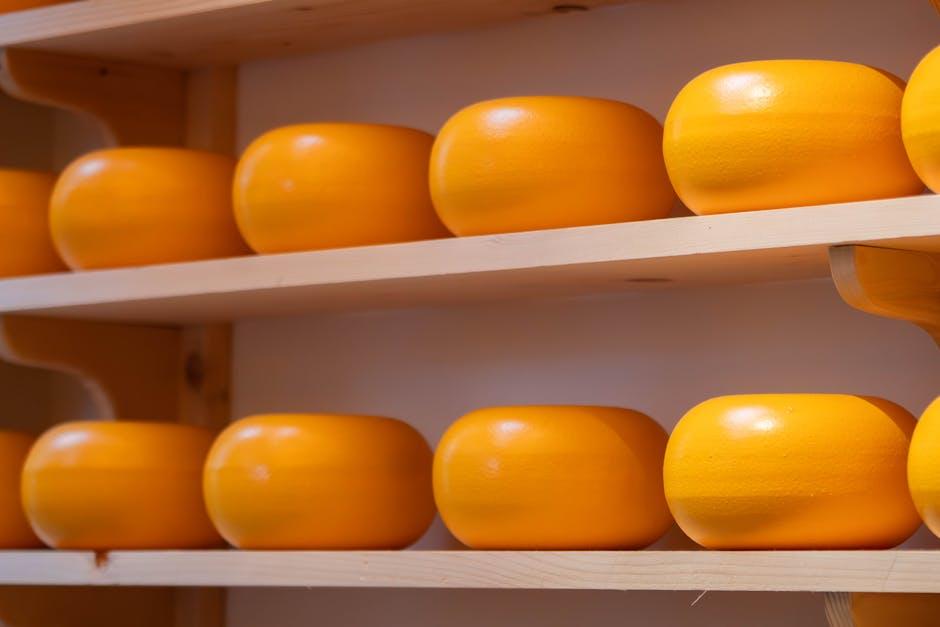
Storage Tips to Maximize Freshness and Potency
Proper storage is essential to preserve the vibrant flavors and health benefits of fermented foods. Keep these items in airtight containers to prevent oxygen exposure, which can degrade the probiotics and introduce unwanted bacteria. Refrigeration is often recommended, especially for products like kimchi, sauerkraut, and kombucha, as cooler temperatures slow down fermentation, maintaining freshness without compromising the natural tang. Avoid direct sunlight and fluctuating temperatures to ensure your fermented treasures retain their potency and do not spoil prematurely.
Here’s a quick guide on ideal storage conditions for popular fermented goods:
| Fermented Food | Best Storage Temperature | Container Type | Tip |
|---|---|---|---|
| Kombucha | 4-8°C (39-46°F) | Glass bottle or jar with tight lid | Keep upright to avoid spills |
| Sauerkraut | 2-7°C (36-45°F) | Mason jar or ceramic crock | Press down regularly to keep submerged |
| Kimchi | 4°C (39°F) | Sealed glass container | Store in back of fridge for stable temperature |
| Miso | Below 10°C (50°F) | Opaque container | Avoid exposure to light |
Q&A
Shopping Guide for Fermented Foods: Q&A
Q1: What exactly are fermented foods?
A1: Fermented foods are products created through the natural process of fermentation, where microorganisms like bacteria, yeast, or molds break down sugars and starches. This not only preserves the food but also often enhances its flavor, texture, and health benefits.
Q2: Why should I include fermented foods in my diet?
A2: Fermented foods are rich in probiotics, which support a healthy gut microbiome, aid digestion, and can boost your immune system. They also add complex, tangy flavors that diversify your culinary experience.
Q3: How do I know if a fermented food is of good quality?
A3: Look for products with live and active cultures listed on the label. Avoid those with excessive preservatives, added sugars, or artificial flavors, as these can negate fermentation benefits. Organic or locally sourced options often offer fresher, less processed choices.
Q4: Are all fermented foods probiotic?
A4: Not necessarily. While many fermented foods contain live cultures, some are pasteurized after fermentation, which kills the beneficial bacteria. Check labels carefully or opt for raw or unpasteurized versions if probiotics are your goal.
Q5: Can I trust the expiration date on fermented foods?
A5: Fermented foods often have a longer shelf life due to their preservation process. However, the quality and potency of probiotics may decline over time. Use your senses—smell, taste, and appearance—to judge freshness alongside the expiration date.
Q6: What varieties of fermented foods should I start with?
A6: Beginners might enjoy familiar options like yogurt, sauerkraut, kimchi, kombucha, or miso. Each offers different flavors and textures, so sampling a variety can help you discover your preferences.
Q7: How should fermented foods be stored?
A7: Most fermented foods require refrigeration to maintain their live cultures and prevent spoilage. Some, like certain fermented vegetables or miso, may be stored at cool room temperatures but always follow the packaging instructions.
Q8: Is it safe to consume fermented foods daily?
A8: Generally, yes. Introducing fermented foods gradually allows your digestive system to adjust. However, if you have specific health conditions or dietary restrictions, consult a healthcare professional before making significant changes.
Q9: Can I make my own fermented foods at home?
A9: Absolutely! Home fermentation can be rewarding and customizable. Start with simple recipes like sauerkraut or yogurt, ensuring you follow safe fermentation practices to avoid contamination.
Q10: Where can I find the best fermented foods?
A10: Specialty grocery stores, farmers’ markets, health food stores, and even certain supermarkets often stock a variety of fermented products. Online retailers also offer access to artisanal and international varieties.
This Q&A offers a snapshot of essential considerations when shopping for fermented foods, helping you make informed choices that nourish both body and palate.
In Conclusion
As you embark on your journey through the vibrant world of fermented foods, remember that each jar holds a story—of tradition, patience, and transformation. Whether you’re drawn to the tangy crunch of kimchi or the smooth depth of miso, let your curiosity be your guide. With this shopping guide in hand, selecting the perfect fermented treasures becomes less about guesswork and more about delight. Embrace the flavors that nourish both body and soul, and savor the rich heritage fermented foods bring to your table. Happy exploring, and may your taste buds discover new favorites with every bite.










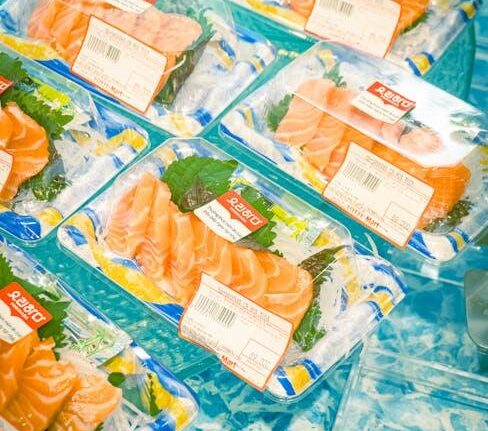
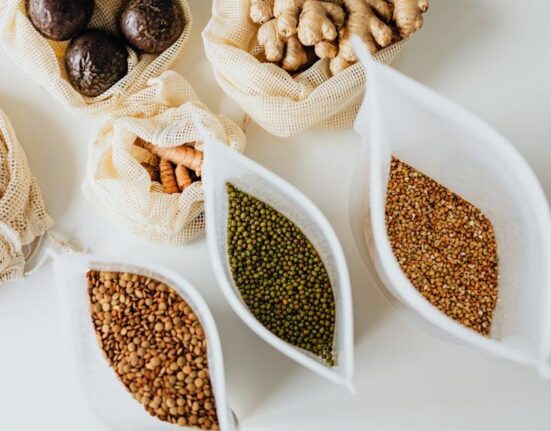


Leave feedback about this